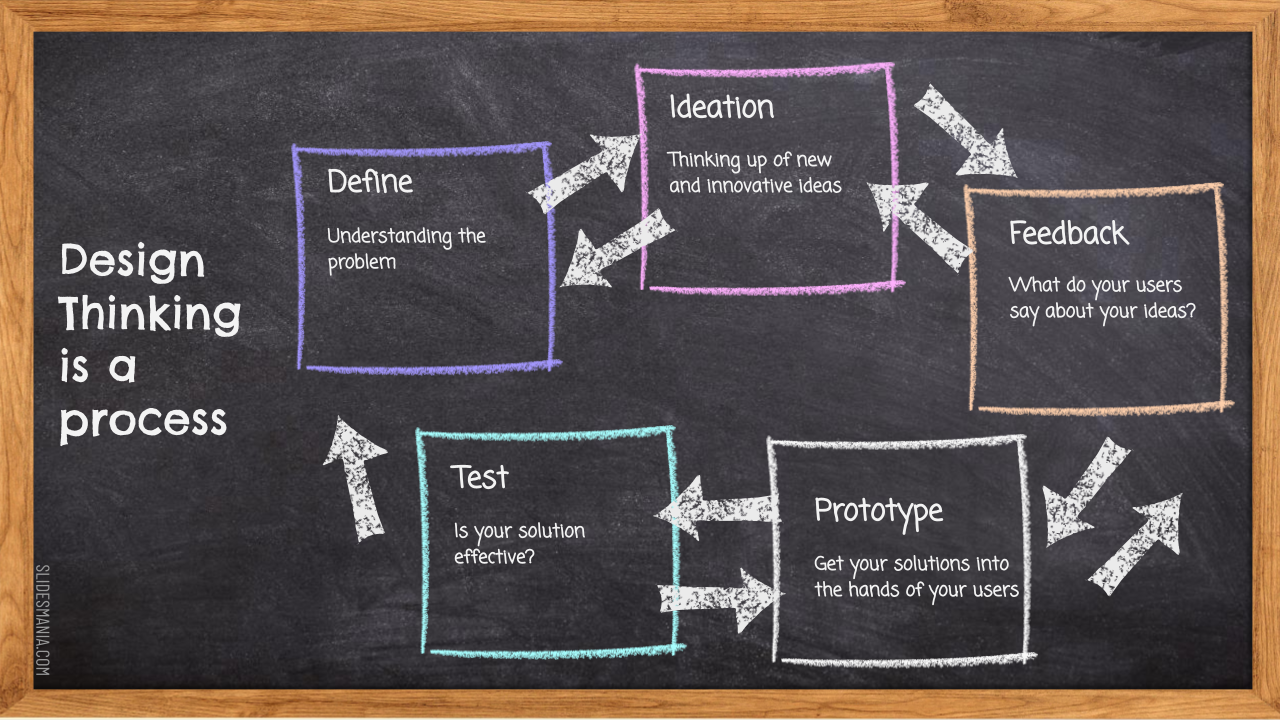In my timetable this year, there are periods where I work with teachers and students around the use of technology. Excitingly, over the last month or so, I’ve had the opportunity to partner with a Grade 4 teacher, to consider the skills that would be important for students to know at this grade level. In this class, students have 1-to-1 technology and we were pretty excited to help students further develop their proficiency. Our board uses Google and we thought we would start with exploring Slides to see what students might create.
While there are many different ways of learning to use Google Slides, we thought it would be fun for students to jump right in and play. There really is nothing like being a part of the experience, rather than watching someone tell you how to use a tool. As such, we decided to adapt a Google Scavenger Hunt that was shared online by Caitlin Tucker some time ago. While we thought we would fly through the scavenger hunt in a session or two, we realized that we really needed more time to make sure that students were able to play and discover as they were guided. Since the Google Suite for Education Tools are so similar, we also wanted to make sure that students were able to transfer their skills from one tool to the next. Navigating from Slides to Docs, students quickly realized that the similarities in the menus in each of the tabs and the toolbar.
Students were also learning about infographics with their teacher and once finished, they had the opportunity to create their own infographics on any topic of interest. Students learned that infographics are visuals used to easily represent information or data. They learned that they could have charts or diagrams to display information or images that would help the reader understand in a deeper way. We took some time to explore infographics found online and in magazines and quickly realized that they have key features:
- Titles and subheadings
- Clearly organized information
- Important statistics
- Bold or bright colours are used to capture the attention of the audience
- Graphics and images that stand out and draw the reader in
Before creating their own, we wanted students to use the Explore feature to conduct research and we also had a brief mini-lesson on how to cite information. Students quickly understood the importance of rephrasing the learning from websites but also making sure that they credit the author of the information they are using. They were so eager to start. From Snakes to countries of family origin to cute pets and Fornite, students created some incredible infographics, helping their readers to understand the topics in a clear way. It was clear that the skills that we learned during the scavenger hunt were being put into use now when it was their turn to create.
I’m so grateful to have had the time to collaborate with this teacher because it gave us the opportunity to sit and consider what skills we wanted students to walk away having learned and how we could facilitate the learning of these skills in a meaningful way. Pausing and supporting students in learning how to effectively use technology is so important. Moving forward, I know that I will continue to ask and consider “the why?” behind using technology and whether or not students have been supported in learning how to use the tool prior to expecting them to complete a task.

